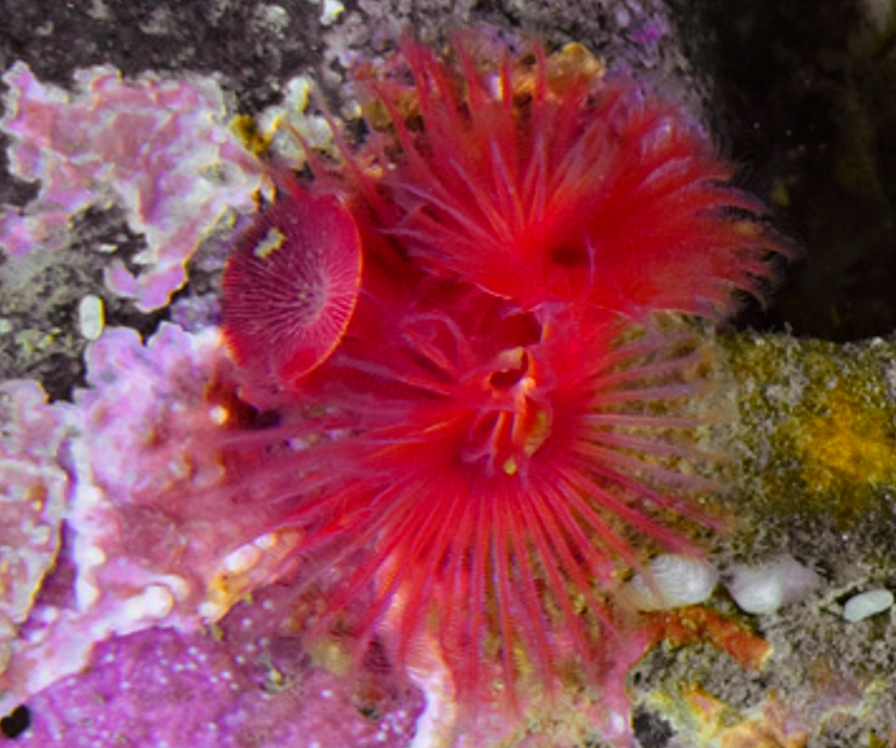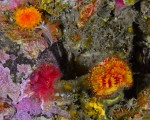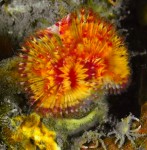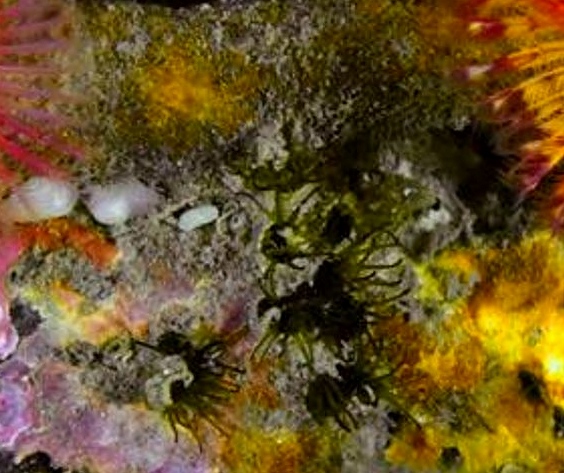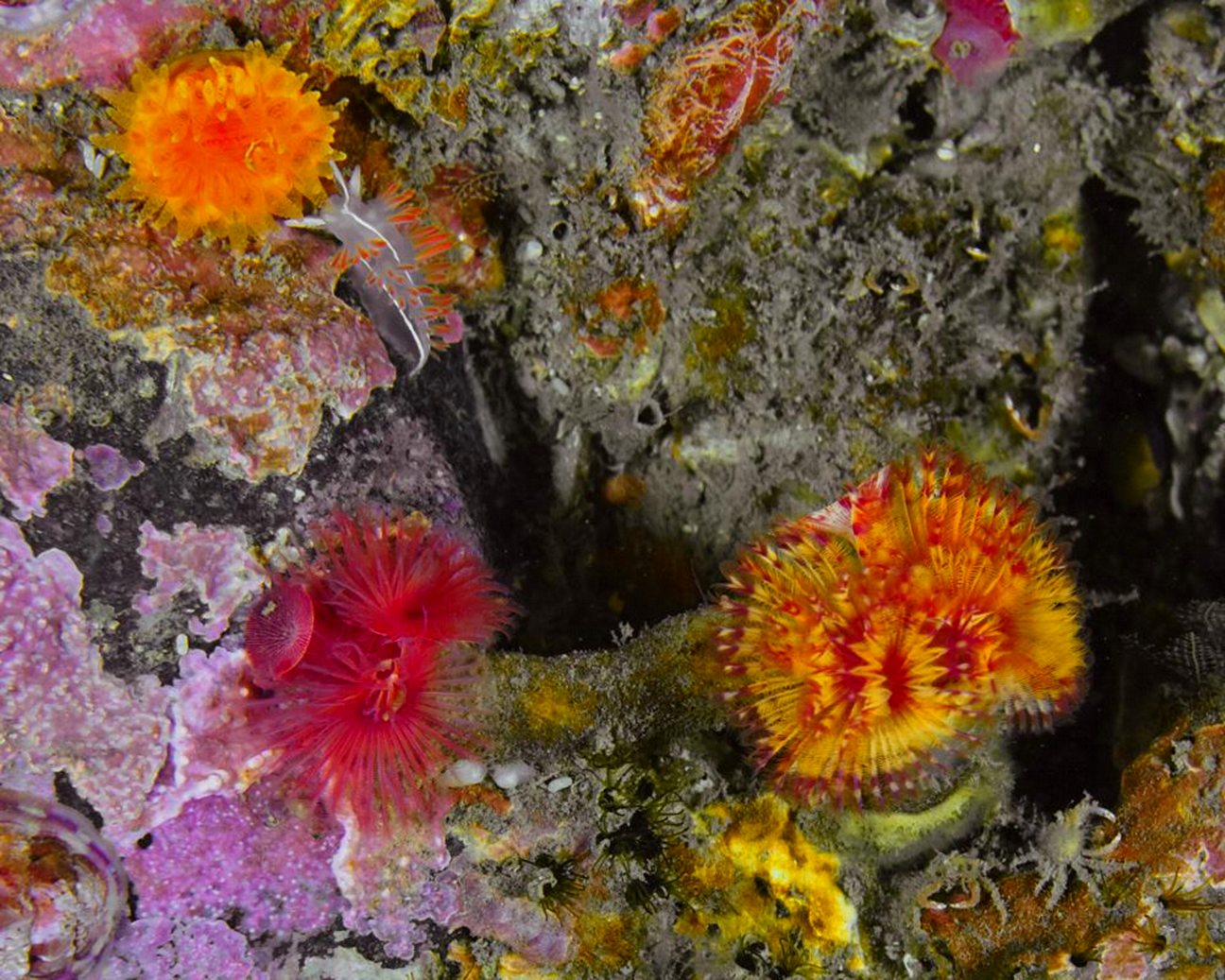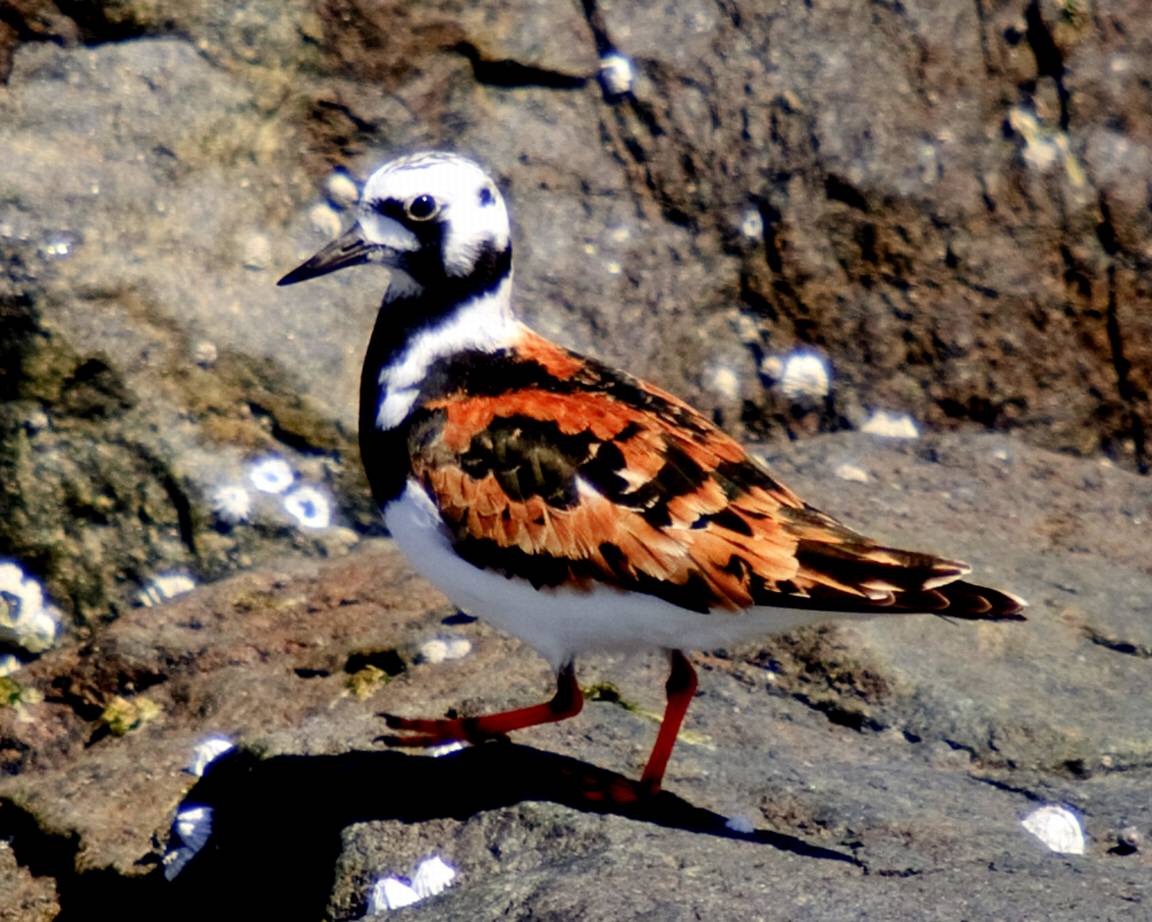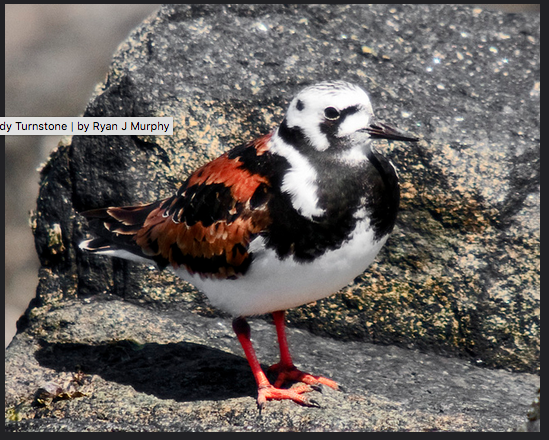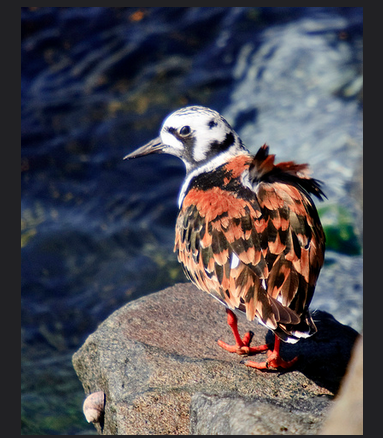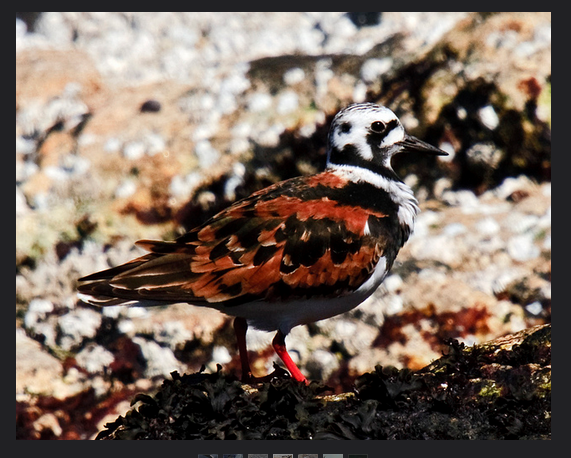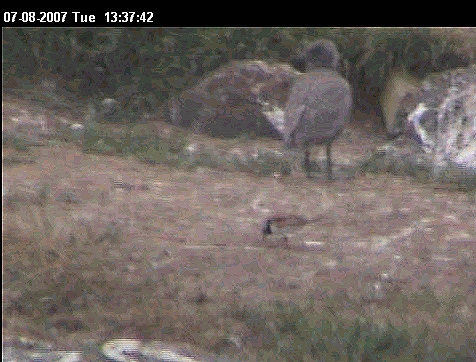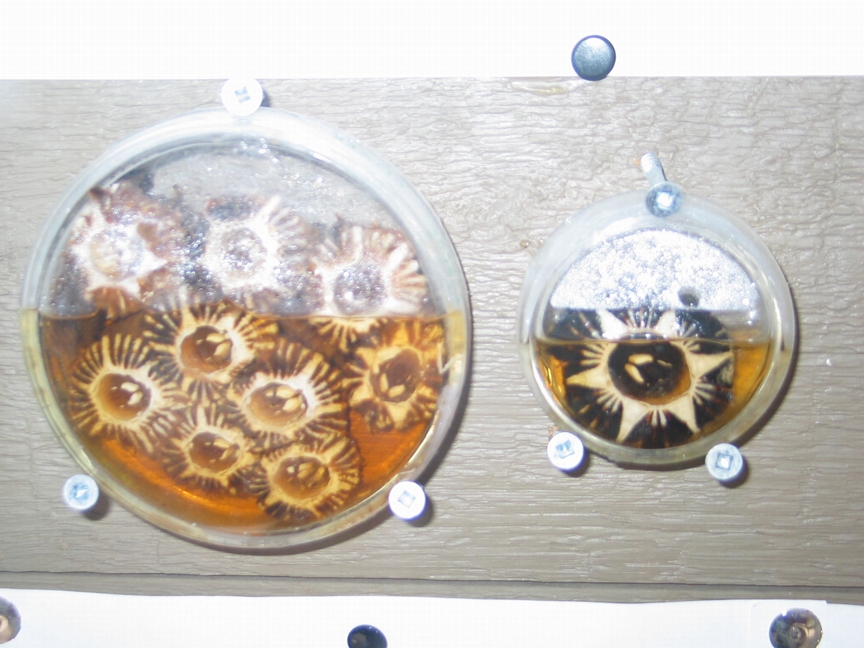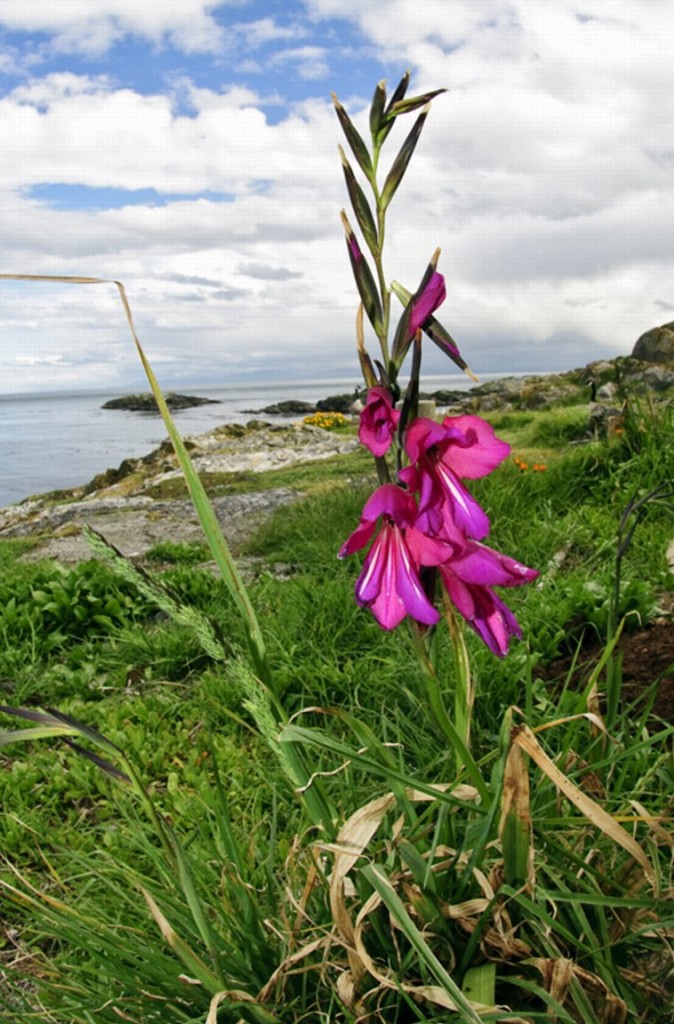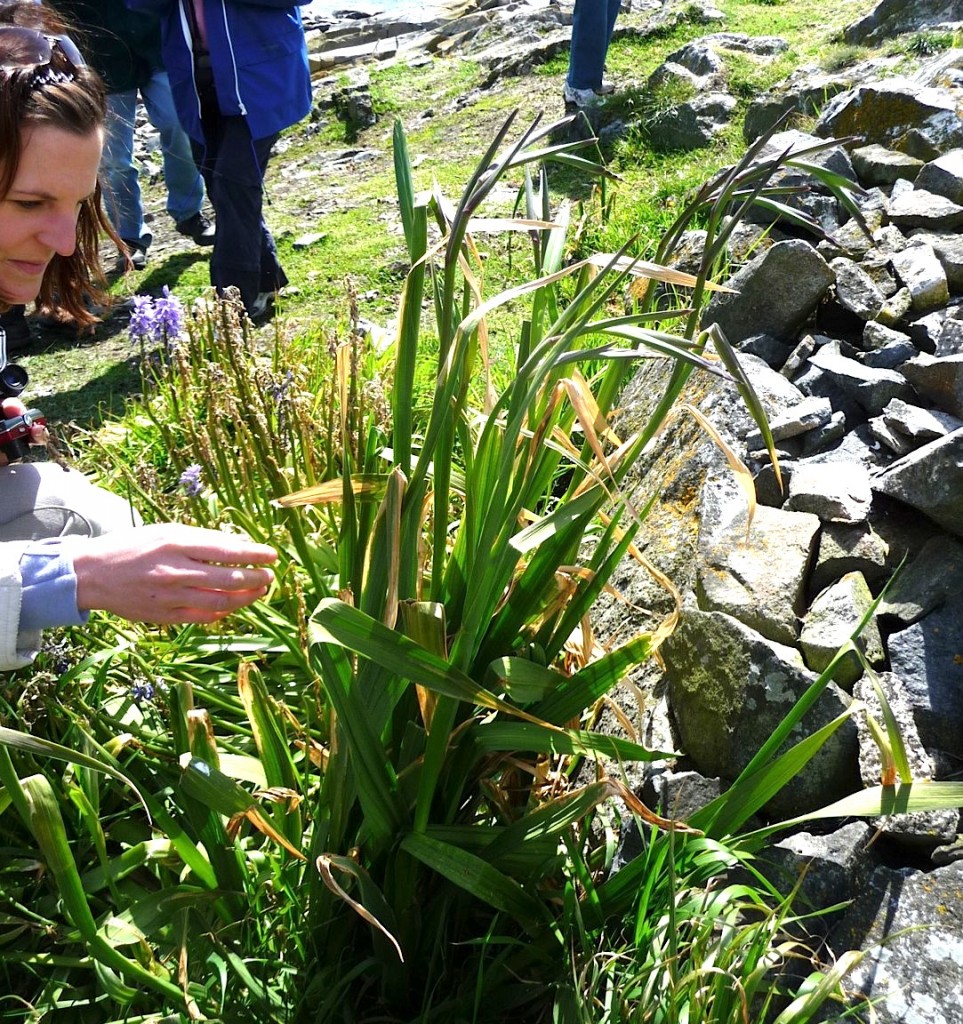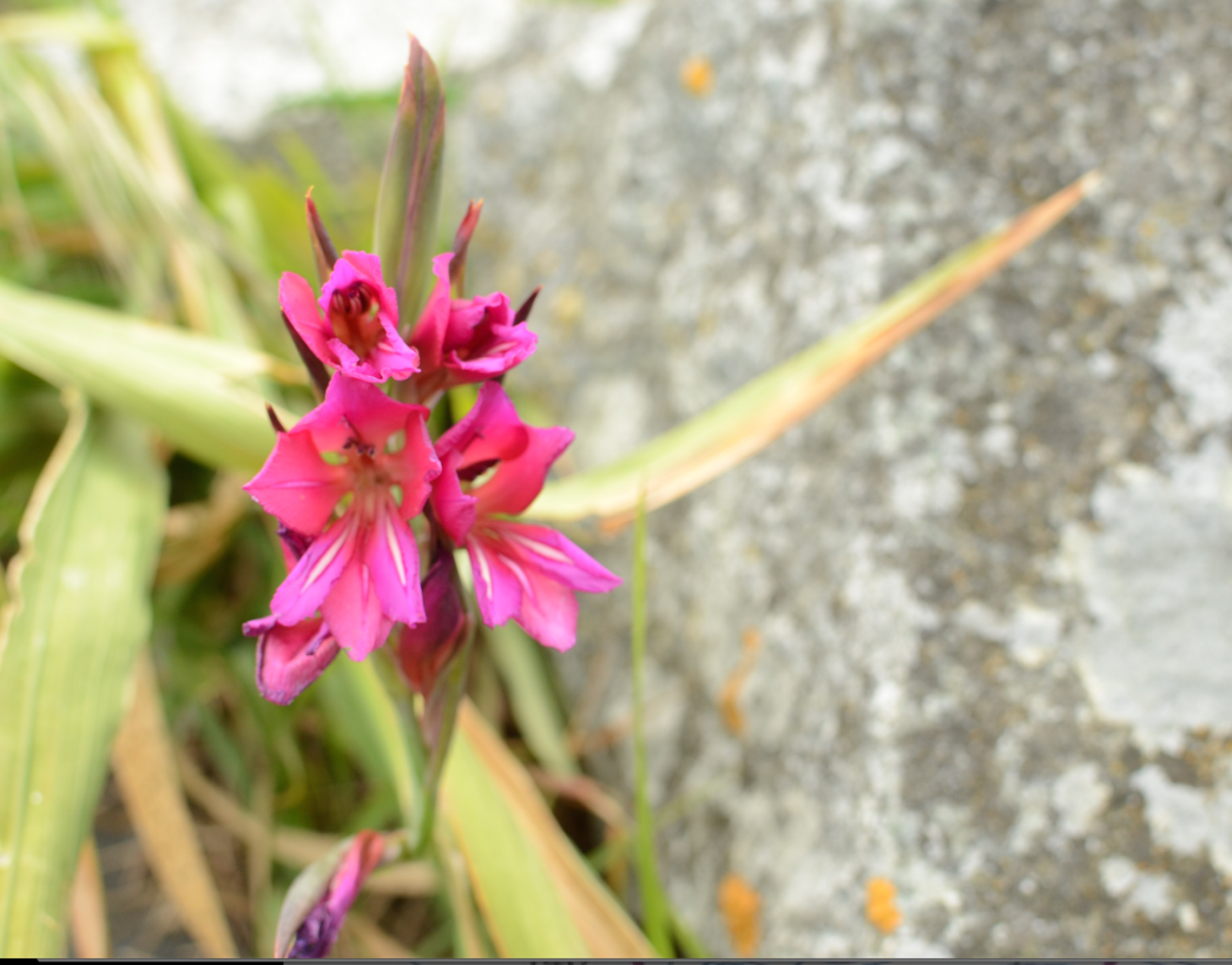Race Rocks Public Advisory Board
Terms of Reference
Introduction:
Section 35 (1) of the Oceans Act provides the authority for the designation of Marine Protected Areas (MPAs). An MPA may only be established for one or more of the following reasons.
The conservation and protection of:
- Commercial and non-commercial fisheries, including marine mammals and their habitats;
- Endangered or threatened species and their habitats;
- Unique habitats;
- Marine areas of high biodiversity or biological productivity; or
- Any other marine resource of habitat as is necessary to fulfill the mandate of the Minister of Fisheries and Oceans.
DFO is considering designating the Race Rocks marine area as an MPA for a number of reasons:
- As a transition zone between the Pacific Ocean and coastal waters, the area is renowned for its exceptional diversity of marine life.
- It is an area of high biodiversity and biological productivity.
- It is important habitat for marine mammals and the area provides habitat for threatened species.
The area has cultural significance to local First Nations. There is recognition that, should a Marine Protected Area (MPA) be established, the Government of Canada as represented by DFO will work cooperatively with the First Nations in the care and management of the MPA towards a common vision for the MPA.
The Race Rocks group of islets and submerged land was designated as an Ecological Reserve in 1980 under the province of British Columbia’s legislative authority. A cooperative management relationship with the Province has been developed with Lester B. Pearson College of the Pacific. DFO and BC Parks, in collaboration with First Nations, stakeholders and the public, are aiming to develop further management strategies to support conservation objectives for the area. To aid in this purpose the Race Rocks Public Advisory Board (RRPAB) has been convened with representation from a number of stakeholder groups and levels of government.
Purpose:
The purpose of the RRPAB is to provide advice to DFO regarding a Marine Protected Area designation under Canada’s Oceans Act at Race Rocks. These Terms of Reference have been developed to clarify the objectives, role and conduct of the RRPAB and its role in the consultation process for the consideration of Race Rocks as a MPA.
Once Race Rocks has been designated as an MPA the RRPAB will be disbanded. A post-designation advisory body will be established to provide advice to DFO on management of the Race Rocks MPA. A new Terms of Reference will be developed for the post-designation management advisory body.
Objectives:
The Objectives of the RRPAB are:
Provide a process for parties to exchange views and provide advice to DFO regarding the establishment of the MPA.
Ensure effective engagement from key stakeholders and community members on planning of the MPA.
Participation, Roles and Responsibilities:
In order to achieve its objectives, the RRPAB will perform the following tasks
- provide a forum for consultation and deliberation to develop consensus-based advice to DFO. Such consensus advice shall represent the collective and individual views of the RRPAB members and the constituencies they represent.
- delineate geographical boundaries of the proposed MPA to achieve its objectives
- collate, analyze and summarize feedback from consultations
provide advice to DFO on the issues and activities that may have an impact on the ecological components of the proposed MPA
- ensure community involvement in the establishment of the proposed MPA
Participants:
The Race Rocks area is of interest to a wide range of constituents representing a broad spectrum of activities. The RRPAB represents a cross-section of interest groups and activities. The RRPAB shall be comprised of, but not limited to, representatives from the following groups:
Fisheries and Oceans Canada
BC Parks
Parks Canada Agency
First Nations
Department of National Defence
Lester B. Pearson College
Education/Outreach Community
Recreational Fisheries
Marine Wildlife Viewing
Research Community
Recreational Diving
Environmental Non-Government Organisations (ENGO)
Recreational Boating
Conservation Stewardship
All representatives must identify a lead participant and alternate. If a participant is unable to attend a scheduled RRPAB meeting, they may invite an alternate from their constituency. Participants are encouraged to invite other members of their groups to attend RRPAB meetings, with prior notification to DFO and subject to space limitations.
DFO may consider additional RRPAB members by written request from interested participants. All RRPAB members must agree to adhere to these terms of reference.
Roles and Responsibilities of Advisory Board Participants:
The RRPAB shall act solely as an advisory body to DFO. Nothing in these terms of reference constitutes authority to perform operational or management functions, or to represent or make decisions on behalf of DFO.
Participants on the RRPAB will:
- openly provide information on their activities and the activities of the constituents they represent within and surrounding Race Rocks
- actively participate in discussions
- encourage all participants to contribute to discussion equally
- offer respect for different viewpoints and attention when others are speaking
- ask questions for clarification and mutual understanding
- verify assumptions
- deal with differences as issues to be discussed, not positions to be defended
- refrain from distracting others through side conversations, cell phones off
- make a best faith effort to work toward an agreement at the table
- wherever possible ensure that agreements developed are acceptable to the organizations, agencies or constituents that the participant represents
- maintain dialogue with constituencies regarding the activities and discussions of the RRPAB
- refer media contacts regarding the activities of the RRPAB to DFO.
Roles and Responsibilities of DFO:
DFO supports the sharing of information and dialogue from the consultative process. Representatives from DFO on the RRPAB will endeavour to fairly represent the recommendations developed by the RRPAB. DFO will review the recommendations of the RRPAB, and take into account those recommendations when considering designation of the Race Rocks MPA. DFO will endeavour to engage other departments and levels of government as appropriate to adequately consider the recommendations of the RRPAB, including BC Parks in relation to their jurisdiction related to the Race Rocks Ecological Reserve.
Process for Formulating Recommendations:
Recommendations by the RRPAB will be made to DFO through a consensus-based process. The intent of this process is to provide the opportunity for all parties to participate in a manner which responds to their interests. Whenever possible, recommendations will be supported by consensus as opposed to being unilaterally imposed.
Consensus shall mean the “general agreement of all participants on a package of recommendations” and shall embody the following concepts:
Consensus does not mean total concurrence on every aspect of a recommendation, but all participants must be willing to accept the overall decision package.
If a participant withholds agreement on an issue(s), that participant is responsible for explaining how their interests are adversely affected and/or how the proposed agreement fails to meet their interests. The participant withholding consensus must propose alternatives and the RRPAB must consider the proposed alternative towards considering how all interests may be met.
Once consensus is reached on the overall package of advice, it is assumed to be binding.
If consensus is not achieved through this process, the differing recommendations will be noted in the final recommendations package, clearly identifying the levels of associated support.
Meetings:
Meetings will be held bimonthly to assess and evaluate RRPAB’s activities and input. Dates and locations of meetings will be determined by polls of RRPAB members, to identify the time and place that works best for the majority.
DFO will be responsible for arranging and providing appropriate resources for meetings. Meeting arrangements will include opportunity for RRPAB members to propose meeting agenda items for topics relevant to the RRPAB.
Meeting records will reflect all views and input discussed along with the final recommendation. In the event of a non-consensus recommendation, the record will include dissenting opinions and the rationale.
Deliverables:
The RRPAB will provide recommendations to DFO related to the designation of the MPA.
Timeline:
It is expected that the RRPAB, as outlined by these terms of reference, will complete the objectives described in 2011.
See the original terms of reference in September 2009 here:

